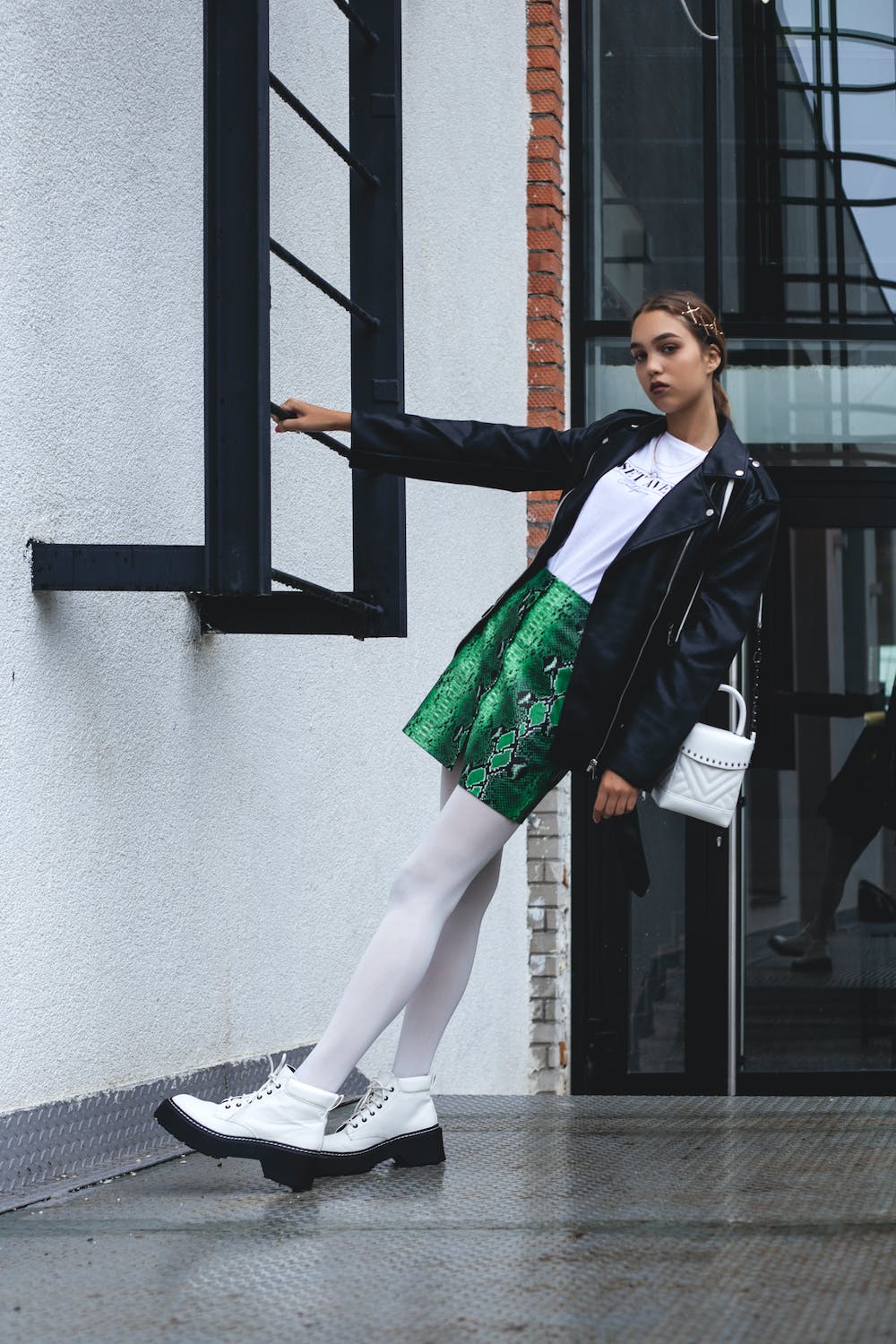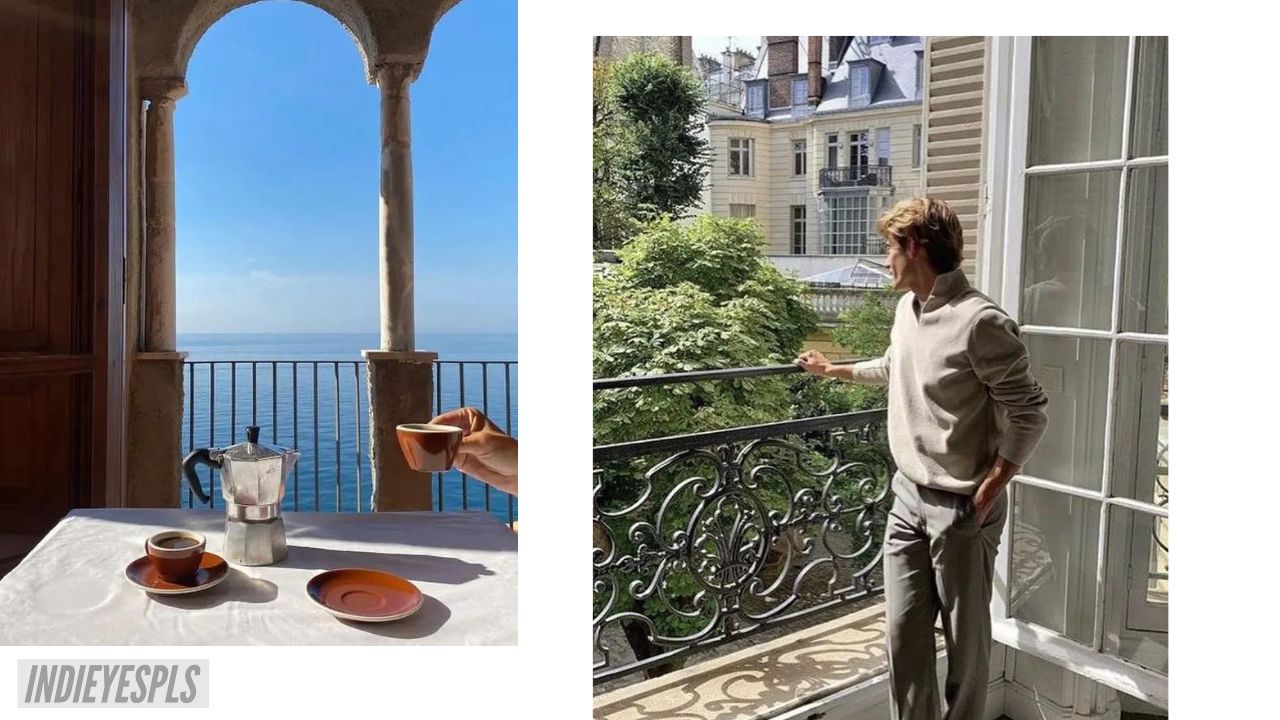Beyond the Surface: A Dive into the Myth of Retail Therapy

Today, we’re taking a detour from our usual fashion-focused content to explore a topic that’s been on everyone’s minds: retail therapy.
Ah, the thoroughly Western question of late-stage capitalism: does retail therapy still work? In an era where the pursuit of happiness seems to be intrinsically tied to the acquisition of material possessions, we can’t help but ponder the consequences of our consumer-driven culture. But before we dive deeper into this thought-provoking subject, let’s take a journey back in time, shall we?
Cast your mind back to the optimistic days of the 1990s. Oh, what a time it was! The world was buzzing with excitement as consumerism took center stage. Flashy advertisements bombarded our senses, proudly proclaiming that happiness was just one purchase away. In those halcyon days, retail therapy became the go-to remedy for life’s woes, promising an instant dose of joy with each swipe of the credit card.
Fast forward to today, and we find ourselves in an entirely new landscape, one filled with a newfound awareness of the environmental impact of our choices. The advent of documentaries, such as those by the brilliant Adam Curtis, has illuminated the dark side of consumerism, forcing us to face uncomfortable truths about the true cost of our desire for material possessions.
With this newfound knowledge, it becomes difficult to simply turn a blind eye and revel in the joy of mindless consumption. Our desires have evolved, and so too must our approach to finding happiness. The days of easy bliss through material acquisition are long gone, replaced by a collective yearning for more sustainable, conscious choices.
But fear not, dear readers, for all is not lost! As we navigate the shifting tides of our consumer-driven society, we find ourselves rediscovering the enchantment that lies within the simplest of joys. We learn to cherish the moments of connection, the experiences that money cannot buy, and the sheer thrill of self-expression through alternative fashion choices.
In this article, we’ll explore the intricate relationship between materialism and happiness, dissecting the layers that lie beneath the surface. We’ll delve into how our shopping habits shape not only our personal sense of joy but also the world around us. So stay tuned, dear readers, as we embark on this thought-provoking odyssey through the realms of retail therapy, consumerism, and the pursuit of true happiness.
Remember, we’re not here to judge or cast aspersions on your love for a fabulous new wardrobe addition – after all, fashion is a form of art and self-expression. Instead, consider this an invitation to look beyond the surface and uncover the deeper meaning of the choices we make.
So grab a cup of your favorite beverage, settle into a cozy corner, and let’s embark on this journey together. Prepare to challenge, inspire, and perhaps even have a little fun along the way. After all, this is IndieYespls, where the unexpected is always in vogue!
Retail Therapy Revisited: The Complex Relationship between Materialism and Happiness
In a world where everything appears perpetually connected but at the same time distant, it is no secret that our desires are often driven by an appetite for material possessions that no matter what, they never quite hit the spot.
But let’s not go searching for the ultimate answers. Does retail therapy still possess at least some of the magic to uplift our spirits? There is the historical significance of consumerism, some of you might remember the optimism of the 90s. But it seems that in 2024 there are new contemporary challenges that make it difficult to find pure joy within our purchases.
Unearthing the Roots of Materialism
With its roots harking back to the Industrial Revolution, consumerism emerged as a cultural phenomenon that rapidly permeated the Western world. The insatiable desire to possess more, driven by the growth of mass production and the tailored marketing strategies of corporations, ignited a love affair with material possessions that seemed inseparable from the pursuit of happiness.
While delving into the anatomy of consumerism, it would be remiss not to mention the enlightening work of Adam Curtis and his famous documentaries. Offering unique insights into the dark underbelly of our consumer-driven society, such as “The Century of the Self” and “HyperNormalisation,” Curtis’s thought-provoking films prompt us to question the seemingly harmonious relationship between materialism and happiness.
But then - by now there is probably only a small amount of people who still believe in all that. The nineties are gone - while the aesthetic throwback might be very much trending right now, the famous nineties optimism never returned.
Ah, the nineties! A decade characterized by the explosion of fast fashion, shopping malls, and a buoyant economy. It was a time when “retail therapy” became a legitimate phrase, and the act of purchasing had a remarkable ability to uplift spirits. Armed with credit cards and an undeniable sense of hope for the future, consumers reveled in the joyous pursuit of acquiring symbols of prosperity.
Fast forward to the present, and a stark realization tempts us to question whether retail therapy still possesses the power to ignite happiness. As our knowledge of the environmental impact of production and consumption expands, it becomes harder to turn a blind eye to the consequences of our desires. Balancing the joy of retail therapy with the desire for sustainable choices becomes an arduous tightrope act, challenging our ability to find simple pleasure in material possessions.
Striking a Balance: A Shift in Perspective:
Though fraught with dilemmas, there is still hope for finding happiness within the realm of retail therapy. Rather than a complete rejection of materialism, a shift in perspective is key. Embracing a more conscious approach that embraces ethical fashion, sustainable practices, and an appreciation for quality over quantity can lead to a sense of fulfillment that transcends the fleeting happiness that impulsive purchases often offer.
As we navigate this ever-evolving landscape of materialism and happiness, it becomes imperative to recognize that the answers lie not in simple, emotional reactions but rather in a thoughtful exploration of our desires and choices. While retail therapy may not offer an instantaneous cure for our woes, it may still hold the potential to bring moments of joy, so long as we tread mindfully along this delicate path.
So, dear readers, the question remains: Does retail therapy still work? Perhaps the answer lies within ourselves, as we consciously redefine our relationship with material possessions and uncover the true sources of happiness that exist beyond the realms of consumerism.





